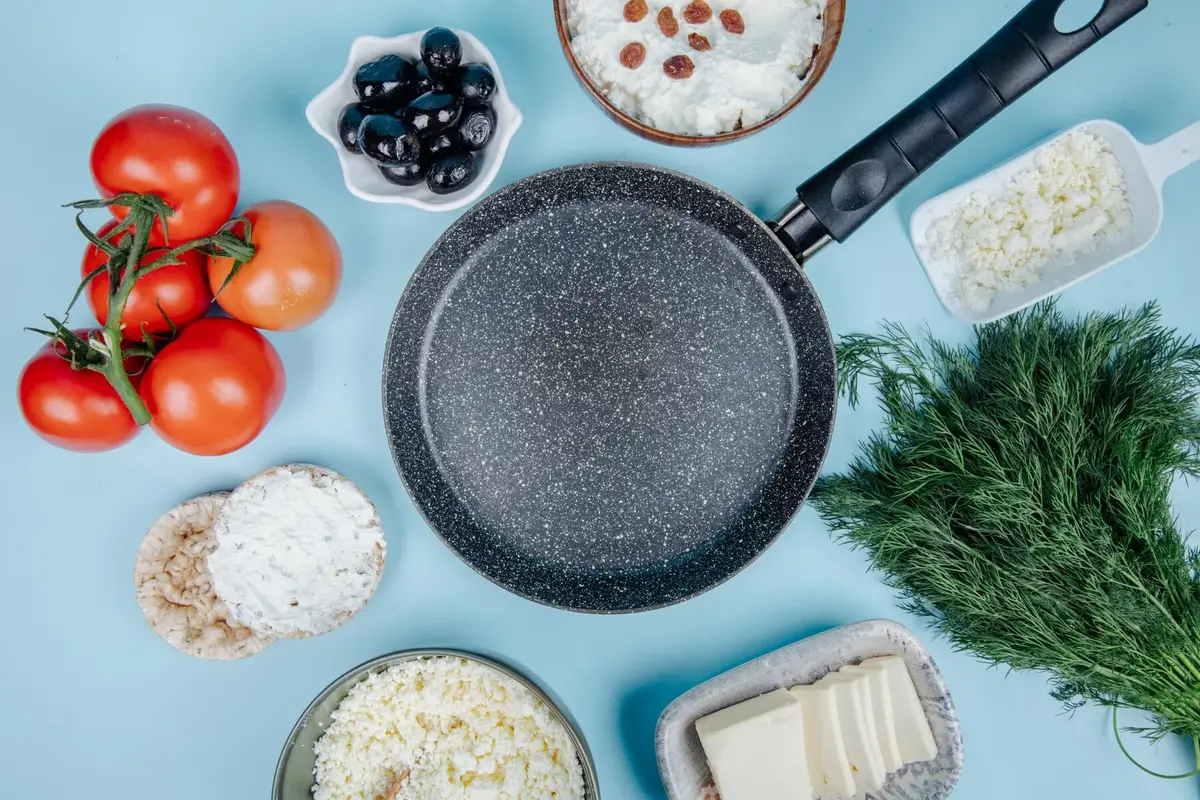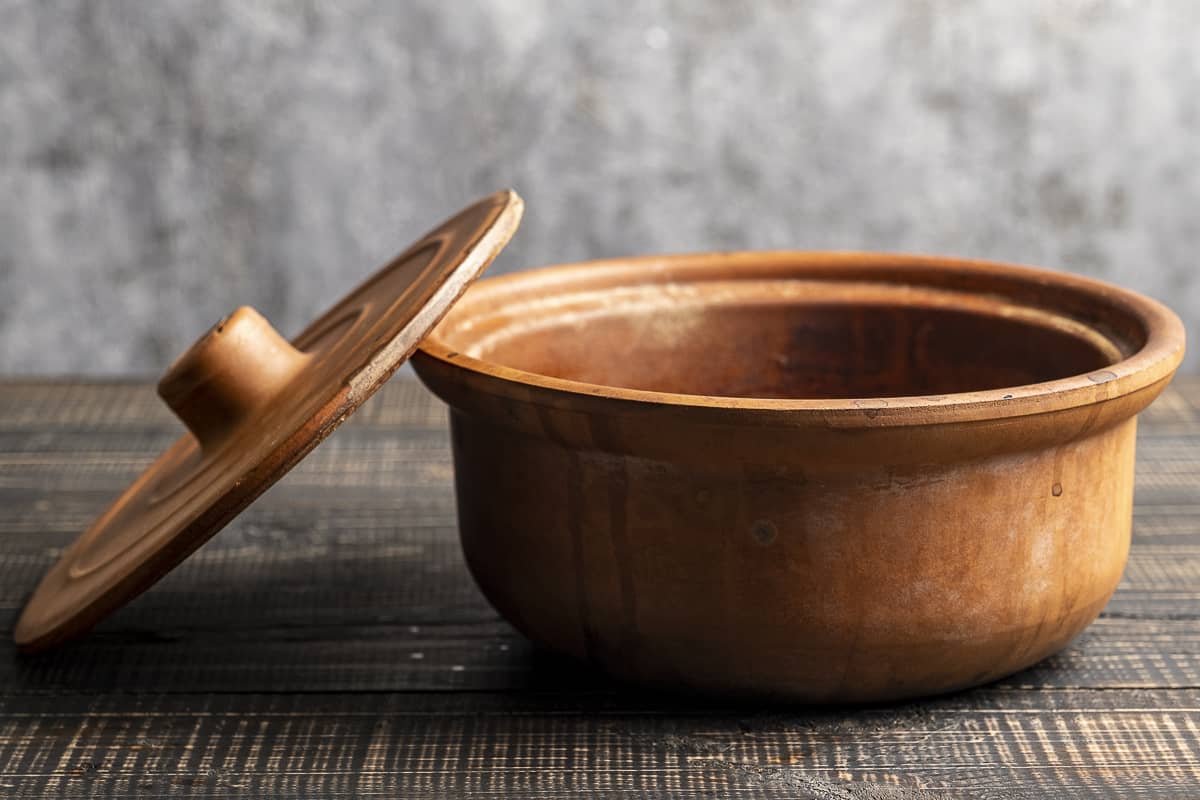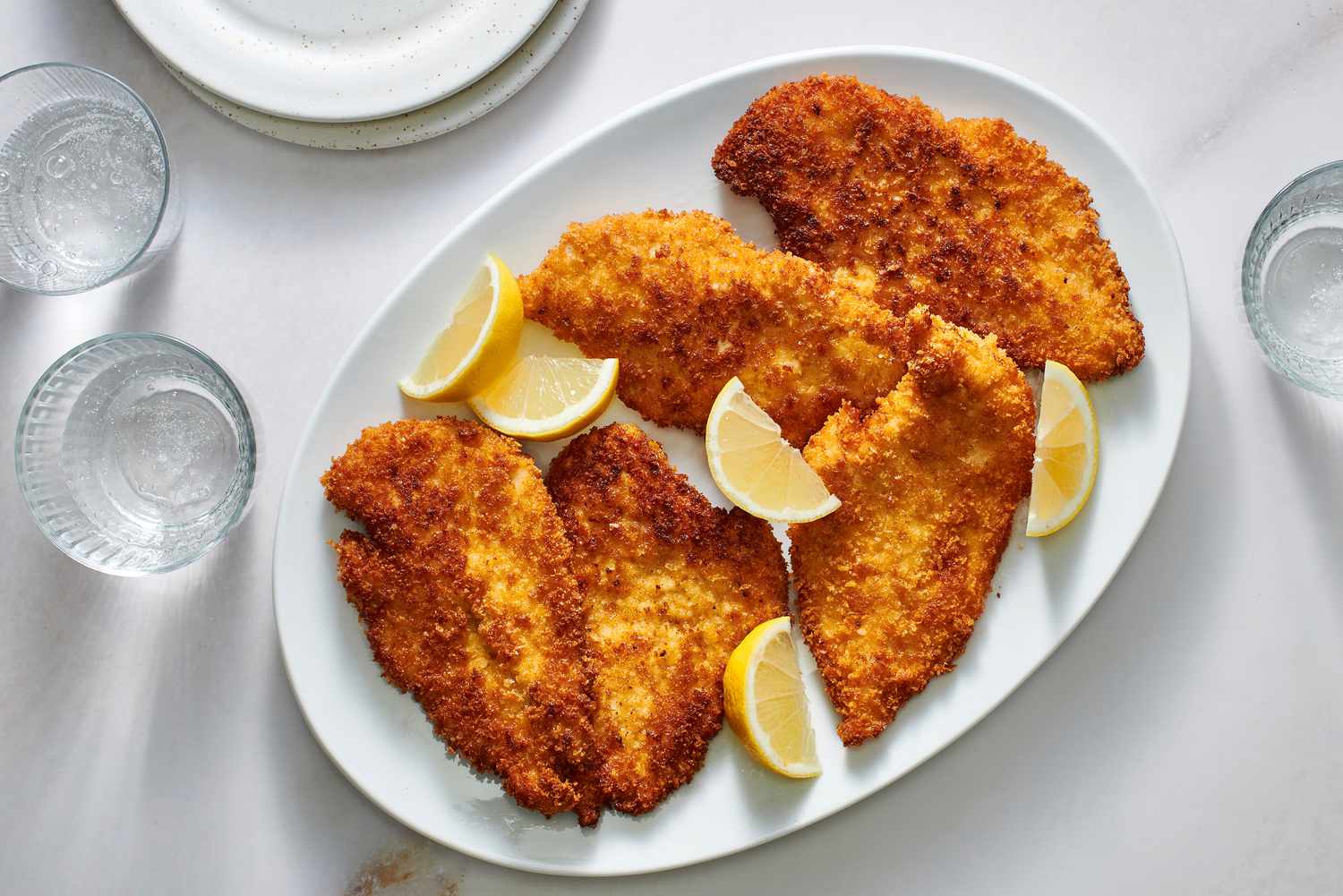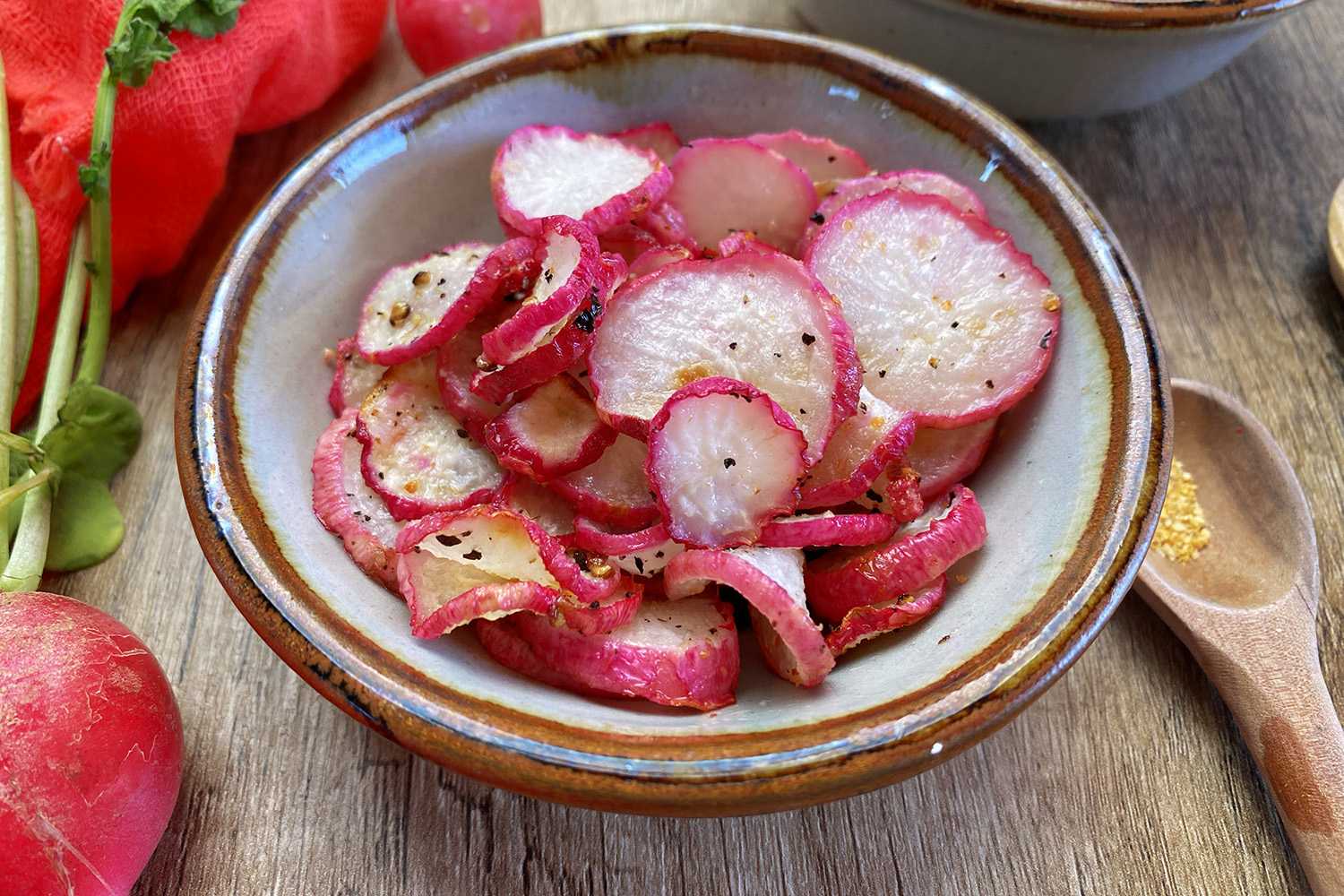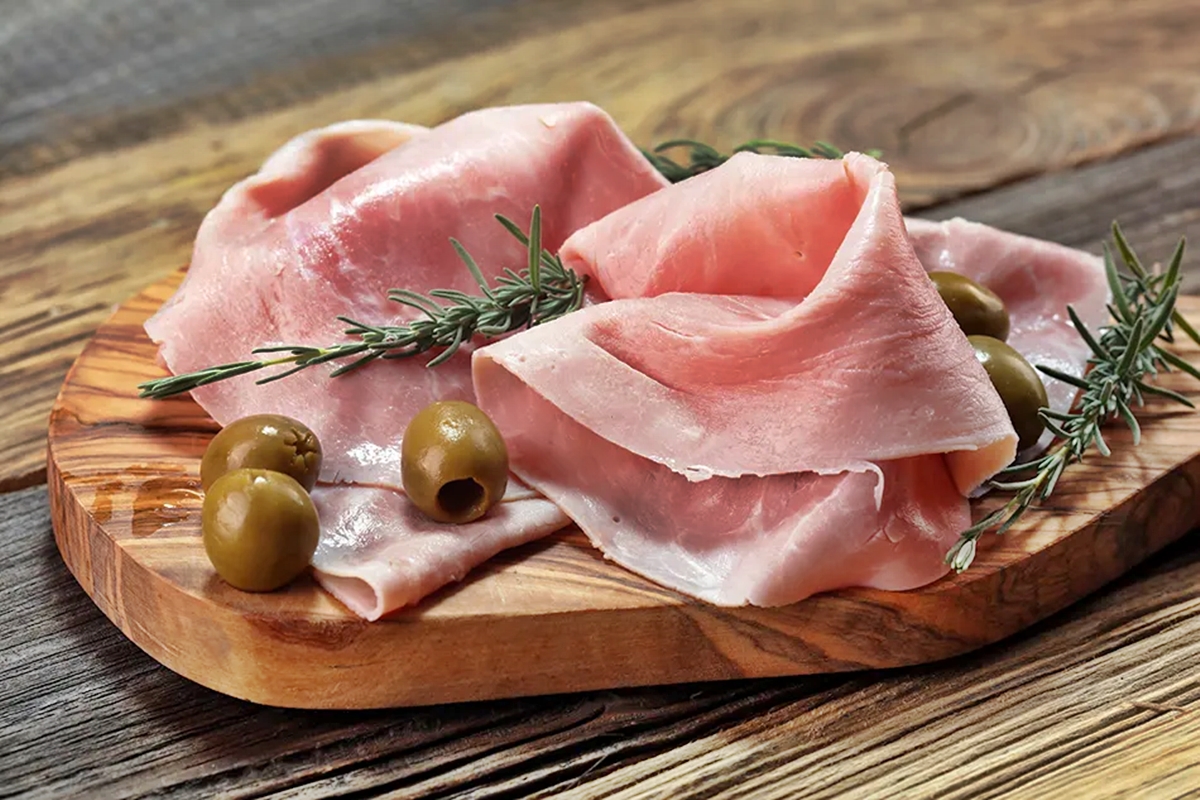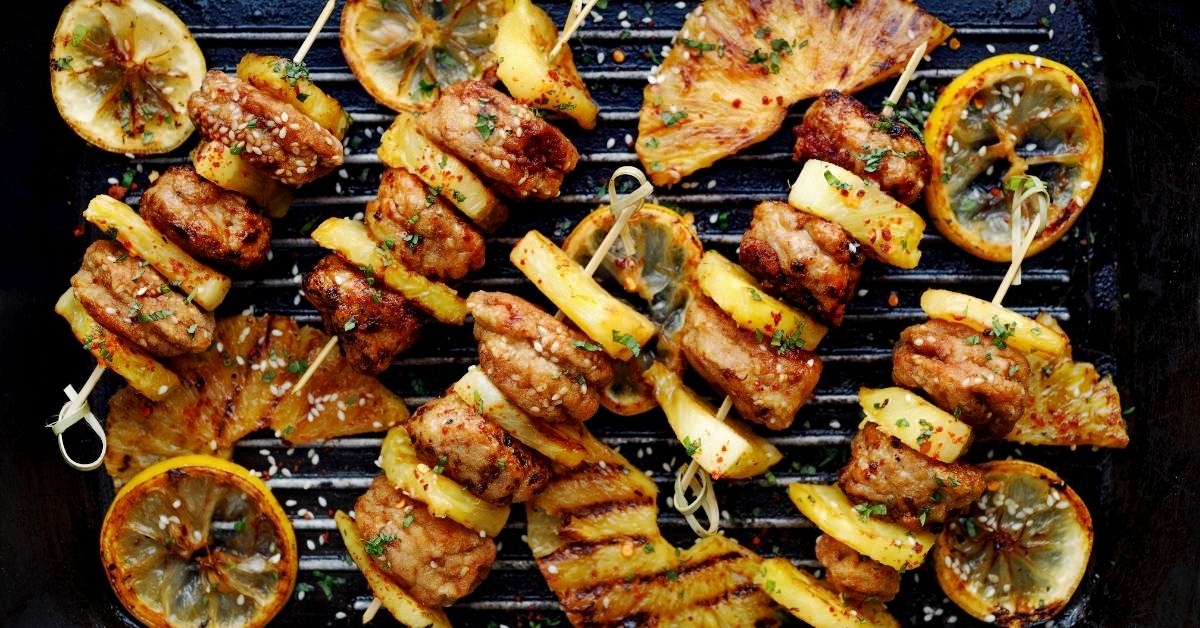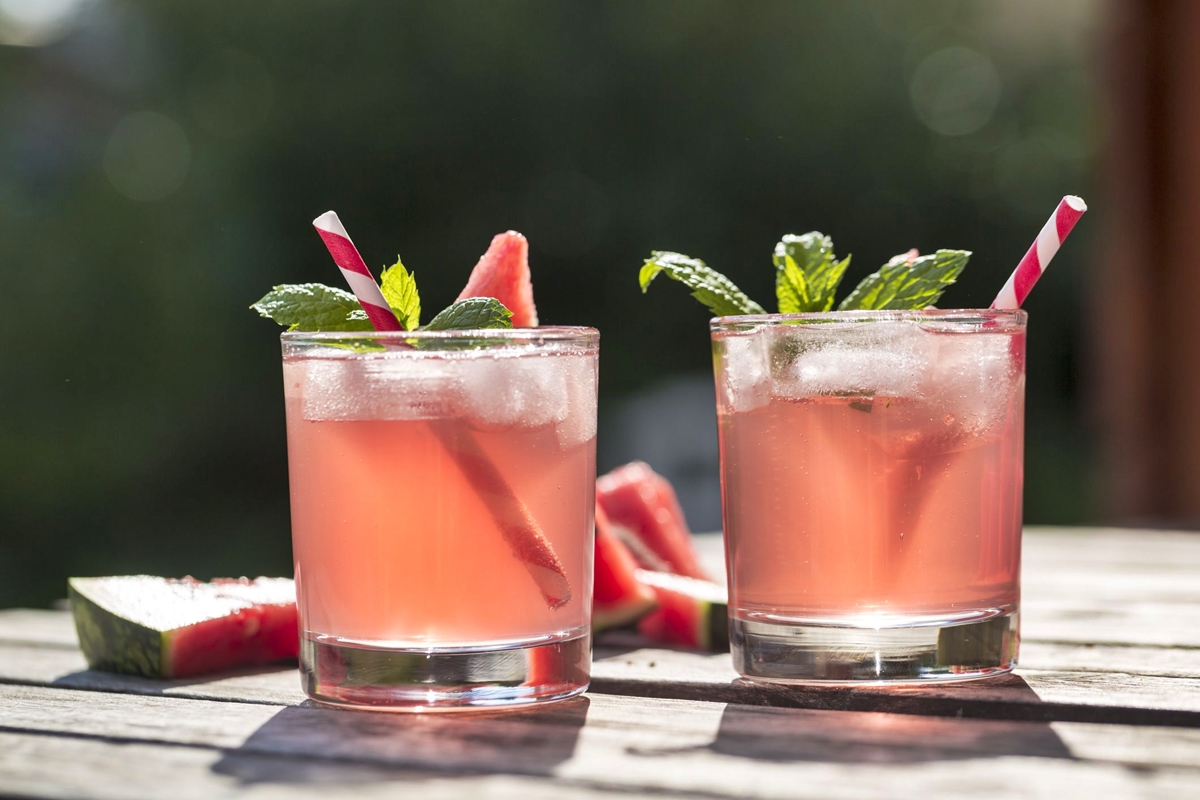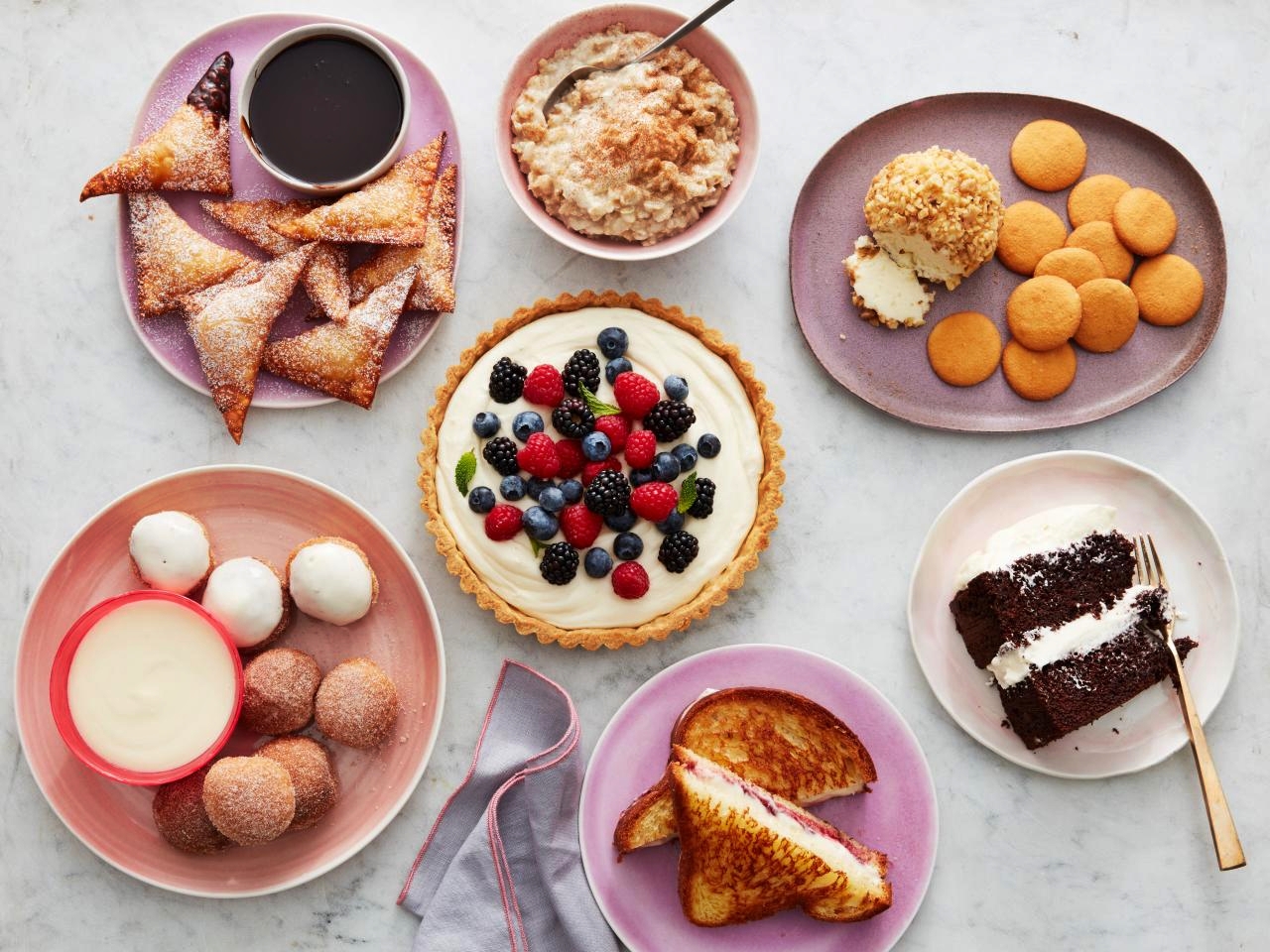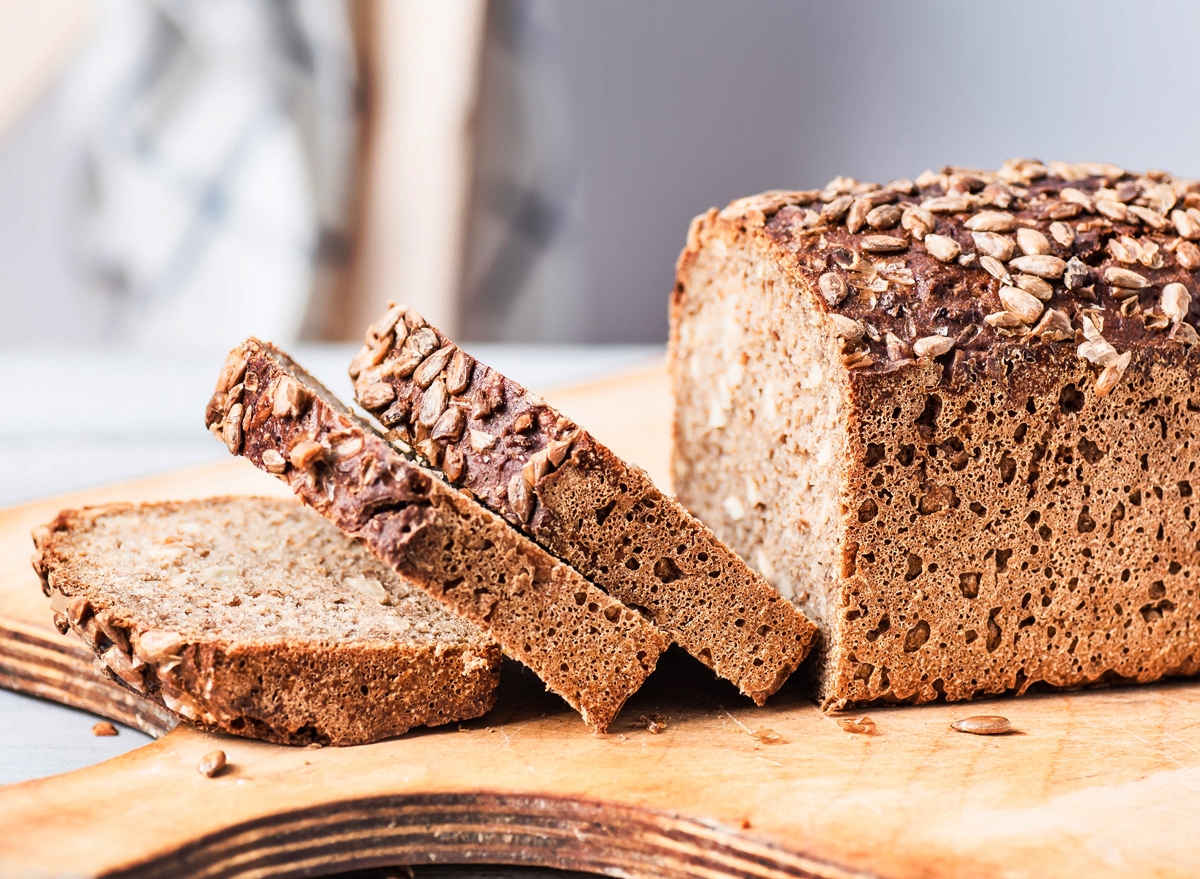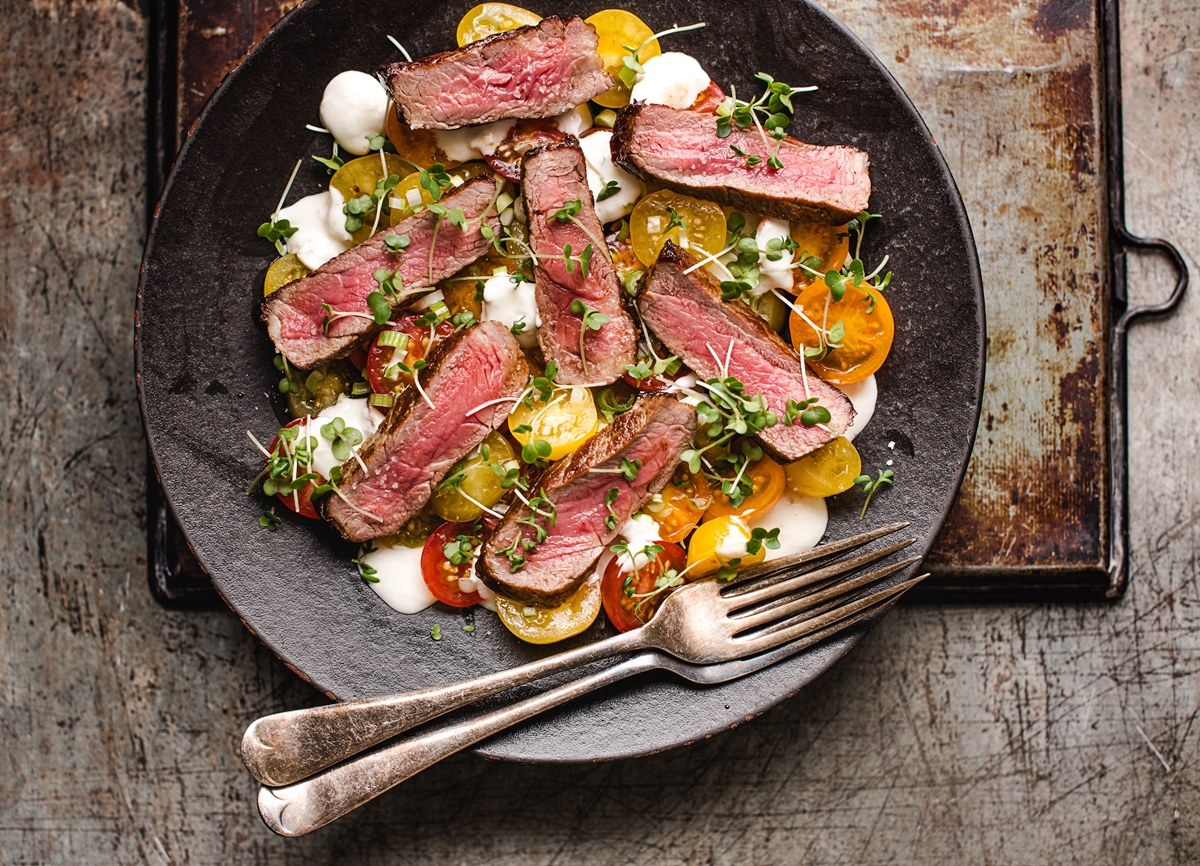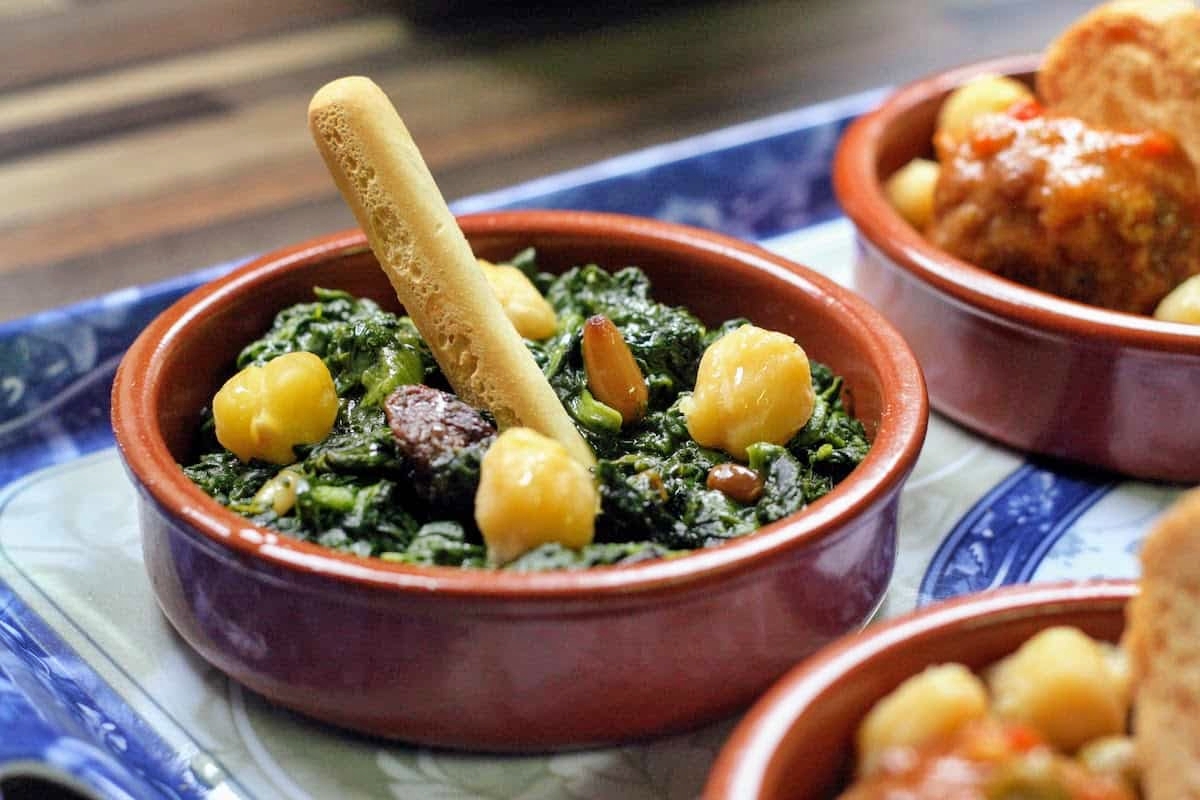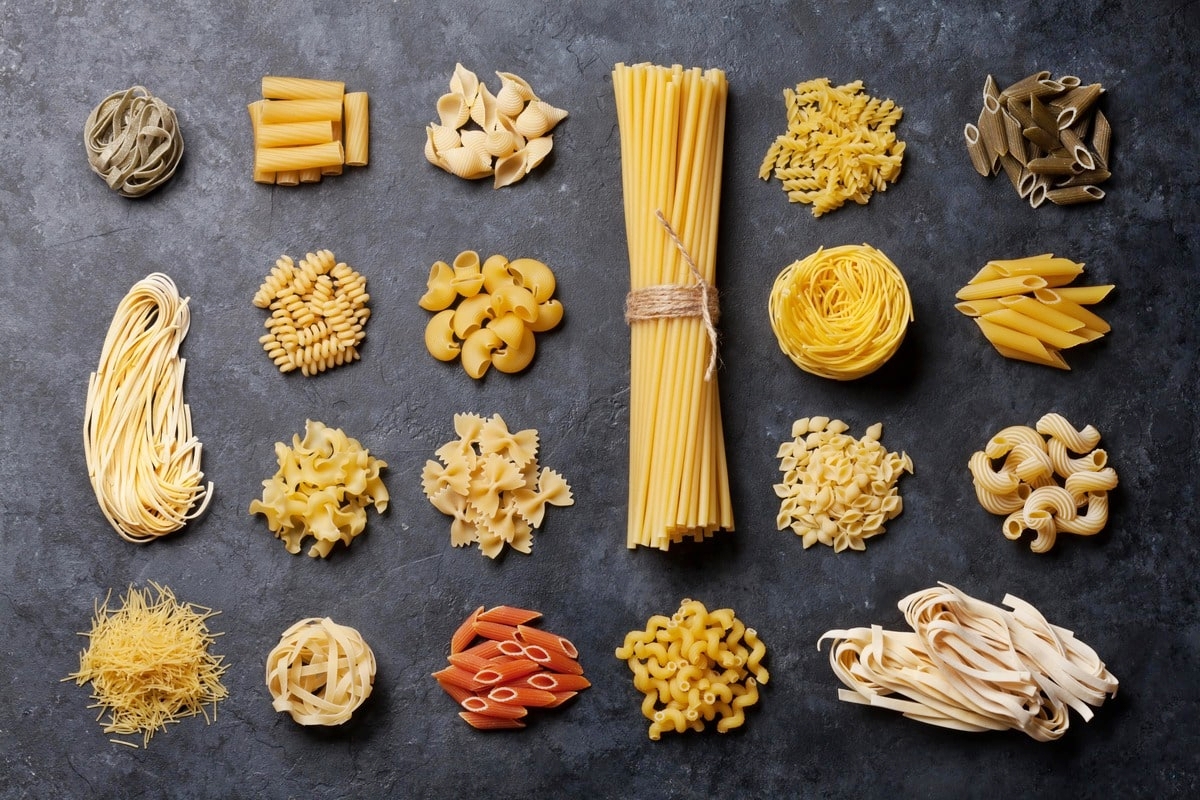Introducing the Top 10 Gammon Glazes to Elevate Your Holiday Feasts
When it comes to holiday feasts, the centerpiece often takes center stage. And what better centerpiece than a succulent and flavorful gammon ham? But to truly elevate your gammon experience, you need the perfect glaze. Fear not, dear food enthusiasts, because we have rounded up the top 10 gammon glazes for you to try this festive season!
1. Classic Honey and Mustard Glaze
This timeless glaze combines the sweetness of honey with the tanginess of mustard, creating a harmonious balance of flavors that perfectly complements the richness of gammon. Brush it over your ham before baking, and watch it turn into a golden masterpiece.
2. Maple and Brown Sugar Glaze
Indulge in the delicious sweetness of maple syrup and the caramelization of brown sugar with this heavenly glaze. The smoky flavors of gammon are beautifully enhanced with the rich and sticky glaze, creating an irresistible combination.
3. Pineapple and Ginger Glaze
Add a tropical twist to your gammon with this mouthwatering glaze. The tangy sweetness of pineapple perfectly complements the warm and spicy notes of ginger. Consider adding a sprinkle of chili flakes for a touch of heat that will awaken your taste buds.
4. Orange and Clove Glaze
Embrace the citrusy freshness of oranges paired with the aromatic warmth of cloves. This glaze brings a burst of flavor to your gammon, acting as a delightful counterpoint to the savory and smoky ham.
5. Bourbon and Brown Butter Glaze
Take your gammon to new heights with the richness of brown butter and the distinctive smokiness of bourbon. The nutty flavors of brown butter create a luxurious glaze, while the bourbon adds depth and complexity to every bite.
6. Cranberry and Balsamic Glaze
Combine the tartness of cranberries with the sweet and tangy notes of balsamic vinegar for a glaze that is both vibrant and sophisticated. The balsamic adds a touch of acidity, balancing the richness of the gammon perfectly.
7. Apple and Cider Glaze
Embrace the flavors of the autumnal season with this delightful glaze. The natural sweetness of apples melds beautifully with the crispness of apple cider, adding a refreshing element to your gammon feast.
8. Asian-inspired Soy and Ginger Glaze
Create a fusion of flavors with this soy and ginger glaze. The umami richness of soy sauce pairs harmoniously with the spiciness of ginger, resulting in a glaze that is both savory and aromatic.
9. Smoky Chipotle Glaze
Add a fiery kick to your gammon with this bold and smoky glaze. The smoldering heat of chipotle peppers creates a glaze that is full of depth and complexity, making each bite an unforgettable experience.
10. Spiced Apricot Glaze
Delight your taste buds with this sweet and fragrant glaze. The natural sweetness of apricot jam is enhanced with a blend of warm spices like cinnamon, nutmeg, and cloves, creating a glaze that is both comforting and satisfying.
And there you have it, foodies! The top 10 gammon glazes that will take your holiday feasts to a whole new level. Whether you prefer the classic combination of honey and mustard or want to explore more adventurous flavors, there’s a glaze on this list to suit every palate. Get creative, gather your ingredients, and let your gammon shine with these delectable glazes!
Was this page helpful?
Read Next: How To Debone Chicken: A Step-By-Step Guide
